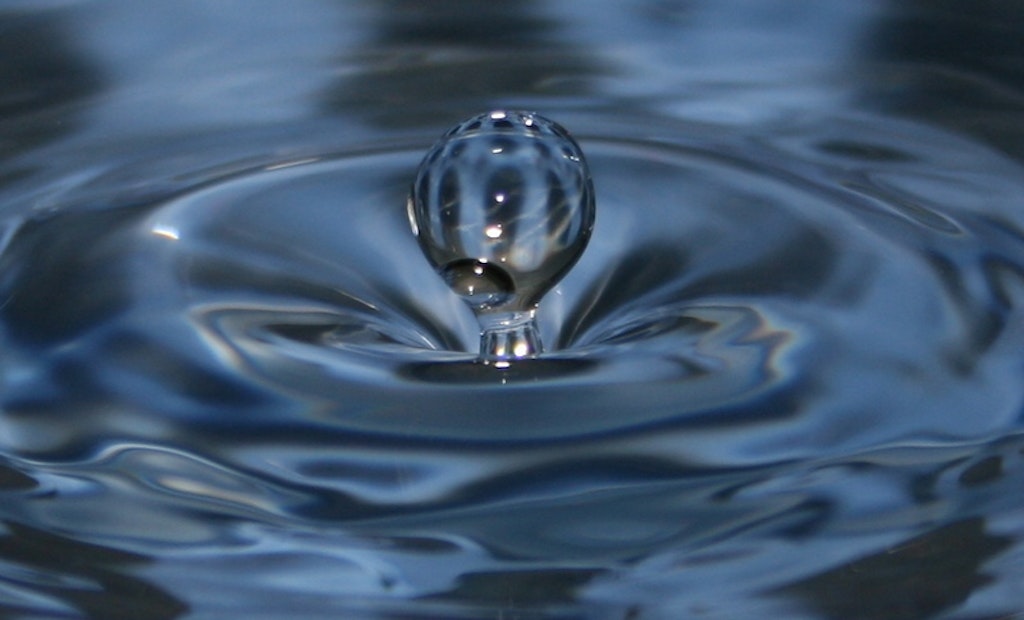
Congratulations to all of you for your tireless work. On this anniversary, we say “thank you,” for maintaining safe drinking water. (Image by David Dewitt)
Interested in Safety?
Get Safety articles, news and videos right in your inbox! Sign up now.
Safety + Get Alerts1974.
Nixon was impeached. The Watergate trial began. The first extraterrestrial message was sent from Earth into space. John Lennon’s solo “Whatever Gets You Through the Night,” hit No. 1., and Lucy, the most complete early human skeleton was discovered.
And in 1974, Congress passed one of our country’s most important pieces of water legislature: the Safe Drinking Water Act.
That was only 41 years ago, a mere drop in the bucket of history. Some of you probably still own clothes from 1974. (Whether they fit or not is a completely different question we won’t dive into here.)
But back to drinking water.
Until Dec. 16, 1974, uniform standards for tap water did not exist. Sure, many cities and municipalities had good water and had even passed public health rules for water and sanitation, but the Safe Drinking Water Act created standards for contaminants that were enforceable. It provided government loans and grants for water infrastructure, and it required water suppliers to report water quality. It was a novel idea at the time, and something many underappreciate today.
In a 1975 EPA article, James L. Agee, the organization’s assistant administrator for water and hazardous materials, painted a vivid picture of why the Act was needed.
“Potential cancer-causing chemicals have been found in trace quantities in New Orleans' and Pittsburgh's drinking water,” he wrote. “In Boston, lead from water supply pipes has been found in water drawn from the tap. Viral or bacteriological contamination of drinking water has resulted in communication of disease, often in smaller, more rural communities where treatment works are outdated or modern techniques are not available … While the overall quality of this nation's drinking water is well above that supplied in any other country, professional waterworks operators, government, and citizens all agree that a much better job must be done in guarding our supplies.”
Because of legislation like the Safe Drinking Water Act and its precursor, the Clean Water Act, tap water in the United States is dependable. Anyone can walk up to a drinking fountain — or bubbler, as we say in Wisconsin — and take a drink without questioning the safety of the water.
That is amazing.
So today, we say “Happy 41st,” to the Safe Drinking Water Act. Surely, there are challenges to come, including the discovery of new contaminants, the challenges of algae contamination in the Great Lakes, and even questions about contamination from fracking. But the groundwork that was laid in 1974 has positioned the water industry to proactively solve those challenges.
Congratulations to all of you for your tireless work. On this anniversary, we say “thank you,” for maintaining safe drinking water.
For more information on the Safe Drinking Water Act and the legislature that shaped our nation’s water supply, visit the American Association of Drinking Water Administrators.





